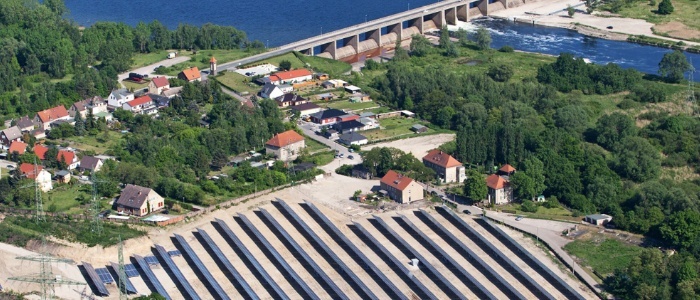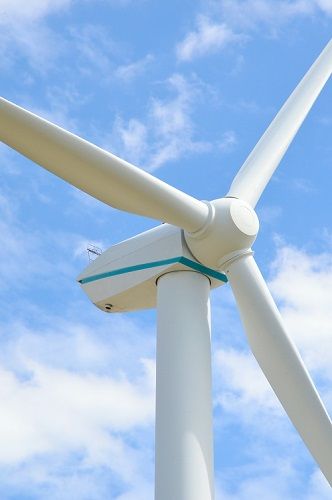Last September started with a heatwave, followed by a drop in temperature with catastrophic rainfall and sometimes gale-force winds. “Climate change has become a kind of everyday phenomenon“, comments Markus W. Voigt, CEO of the aream Group. The need for climate protection and thus the rapid expansion of renewable energies is now apparent to everyone.
September is the month of change from summer to autumn and it proved this once again this year. The first few days surprised us with midsummer temperatures, then the weather suddenly changed. Storm “Anett“ brought heavy rain. According to the German Weather Service (DWD), total precipitation for the month as a whole was around 107 litres per square metre, around 75 percent higher than the figure for the international reference period from 1961 to 1990. “Due to climate change, extreme weather events such as heavy rain and flooding are occurring more frequently in many regions“, explains Voigt.
September was not only wetter, but also particularly warm. It did not reach the average temperature of the record-warm September 2023 (17.2 degrees). Nevertheless, the average temperature of 15.3 degrees was two degrees above the reference period. Compared to the current and warmer reference period of 1991 to 2020 (13.8 degrees), the deviation was 1.5 degrees, according to the DWD.
And finally, September brought gale-force winds, especially in northern Germany. The German wind turbines in the aream portfolio benefited from this. Production exceeded expectations by 26 per cent. “The intense wind situation led to very good and above-average production“, says Voigt.
The German solar plants in the aream portfolio achieved a target of 97 per cent last September and thus fell short of expectations. Curtailments (approx. 120 MWh) and operational disruptions (grid expansion, medium-voltage maintenance work) prevented a better result. The plants in Spain achieved 98 per cent of their targets; performance was slightly below average with above-average irradiation values. In Italy, on the other hand, the plants fell five per cent short of their target values. This was due to very poor irradiation combined with technical defects (wind damage, inverter failures).
PRESSEKONTAKT:
Leandra Kiebach
T: +49 (0)211 30 20 60 4-2
E: lk@aream.de


